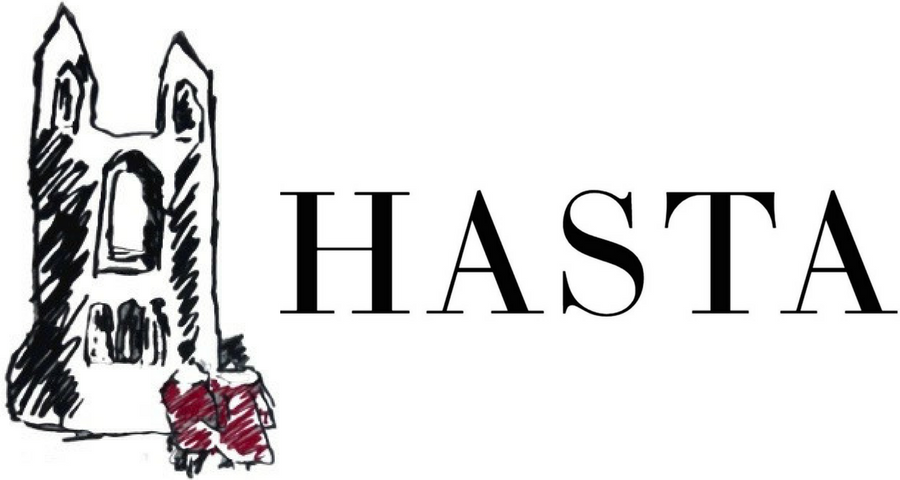The Fate of Inherited Collections: Planned Crime or Necessary Demolition?
By Aglaïa S. Rozental
Next week, on November 18th, one of the biggest sales of the year will take place. Sotheby’s has secured two major private collections for its New York autumn auctions; the first series of sales to be held at the auction house’s new headquarters at the Breuer Building.
Clockwise from left: Jane, William, Ronald, Gary, Aerin and Leonard Lauder in Estée Lauder's Upper East Side townhouse.
Courtesy of Max Vadukul, 2020.
The renowned auction house will present thirty-seven works from the late Chicago-based collectors, Jay and Cindy Pritzker, expected to bring in around $120 million. Also on sale are fifty-five works from the collection of the cosmetics billionaire Leonard Lauder, who passed away in June, collectively estimated at around $400 million. These collections include genius art pieces, from previously unseen Gustav Klimt to problematic Paul Gauguin.
But the sales give rise to the question: why do families keep selling their inherited art collections?
Art collectors come in all forms: some are guided by passion, but most follow trends. When someone close dies, grief brings not only sorrow, but also an awakening of materialistic instincts. Suddenly, practical questions arise. Should the collection be sold or preserved? And if kept, how should it be stored, shared, displayed?
When it comes to art collections, honesty is key: today, art is more about profit than passion. Regardless of temperament, every collector must at some point confront an uncomfortable truth, already one step in the afterlife – what will become of their collection once they’re gone?
Heirs might not develop the same passion for art or collecting, and the numbers speak for themselves: collector surveys this year revealed that over 90% of global HNWIs have inherited artworks in their collections. Most kept at least a portion, yet 19% had sold or donated everything they were passed on.
Most heirs eventually put their collections on the market – perhaps compelled by the unrelenting logic of capitalism. According to recent data, 47% of collectors reported selling or donating inherited works to pay estate taxes, a figure that rises to 72% in Japan, with one of the highest rates of inheritance tax in the world.
A seemingly noble alternative – and a luxurious gesture – is donation. Certainly, it lifts the burden of upkeep from the heirs, but also erases potential profit, replaced instead by philanthropic praise and fleeting headlines. Still, the art world has crafted its own elegant loophole to receive such beautiful gifts: donations to institution often come with tax incentives. Superficial? Perhaps. Devaluing? Possibly. But in today’s market ecosystem – inescapable.
Léda et le Cygne, Henri Matisse, 1944-1946, The Cindy & Jay Pritzker Collection.
Courtesy of Sotheby's, 2025
Making one’s collection visible is a daunting task. 80% of inherited collections hold no significant monetary value, and only a few thousand artists retain significant traction in secondary market. Museums, for their part, can’t accommodate an entire collection from a single artist, only accepting a handful of pieces based on curatorial focus. Selling pieces individually, risks diluting the collection’s coherence and value. A cul-de-sac, elegantly framed.
I’ve come to the conclusion that inherited collections are ultimately doomed to be dismantled and sold, serving as buffers against financial uncertainty. Replicating parent’s DNA and love for art is no longer enough to sustain family heritage when it takes the form of an art collection. In the end, demolition becomes necessary and inevitable.
The upcoming Sotheby’s sale will be streamed live on the auction house’s website, led by one of the finest full-length portraits of Gustav Klimt, a symbol of Vienna’s early twentieth century Golden Age.
Save the date: 18th of November, 6 PM EST (New York time) – your next watch party awaits.
Bibliography
Forster, Ella. “Selling Your inherited Paintings in 2025: Everything You Need to Know.’ Artelier, January 3, 2025. https://www.artelier.com/post/selling-your-inherited-paintings-everything-you-need-to-know
Porterfield, Carlie. “Sotheby’s secures $120m Pritzker and $400m Lauder collections, with works by Matisse, Munch and Van Gogh.” The Art Newspaper. September 16, 2025. https://www.theartnewspaper.com/2025/09/16/sothebys-lauder-pritzker-collections-consigned-new-york-auctions
Sotheby’s. “Leonard A. Lauder: Collector.” Date accessed November 6, 2025. https://www.sothebys.com/en/series/leonard-a-lauder-collector
Sotheby’s. “The Cindy and Jay Pritzker Collection.” Date accessed November 6, 2025. https://www.sothebys.com/en/series/the-cindy-and-jay-pritzker-collection
Vere-Hodge, Till and Katalin Andreides. “The art collector’s legacy: On navigating the legal intricacies of art bequests.’ Art Basel, January 7, 2025. https://www.artbasel.com/stories/art-collector-legacy-survey-legal-art-bequests?lang=fr


